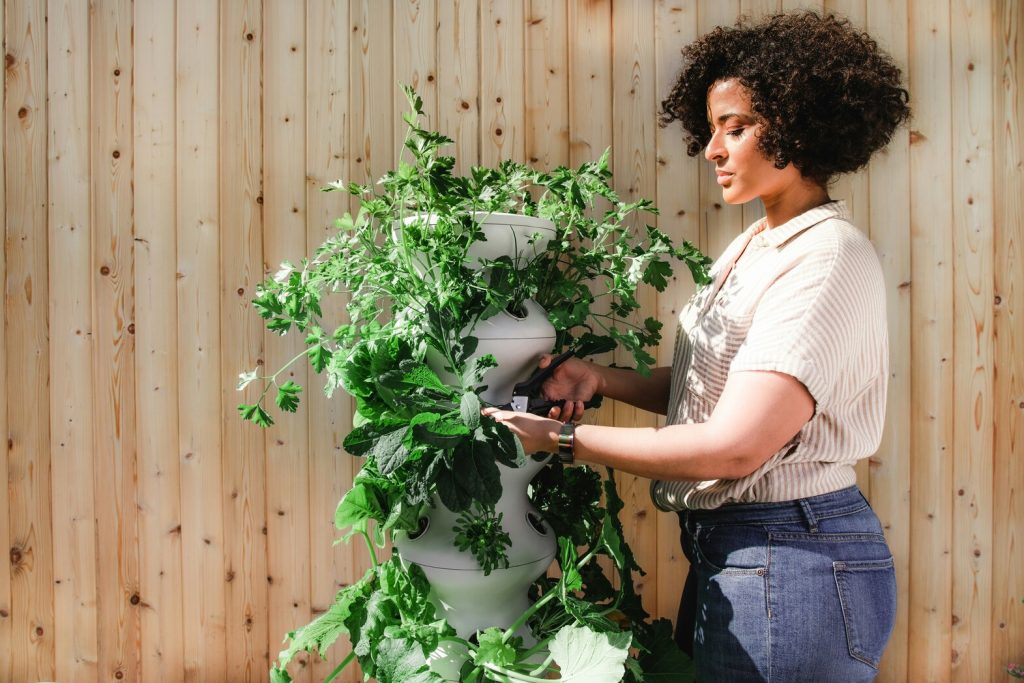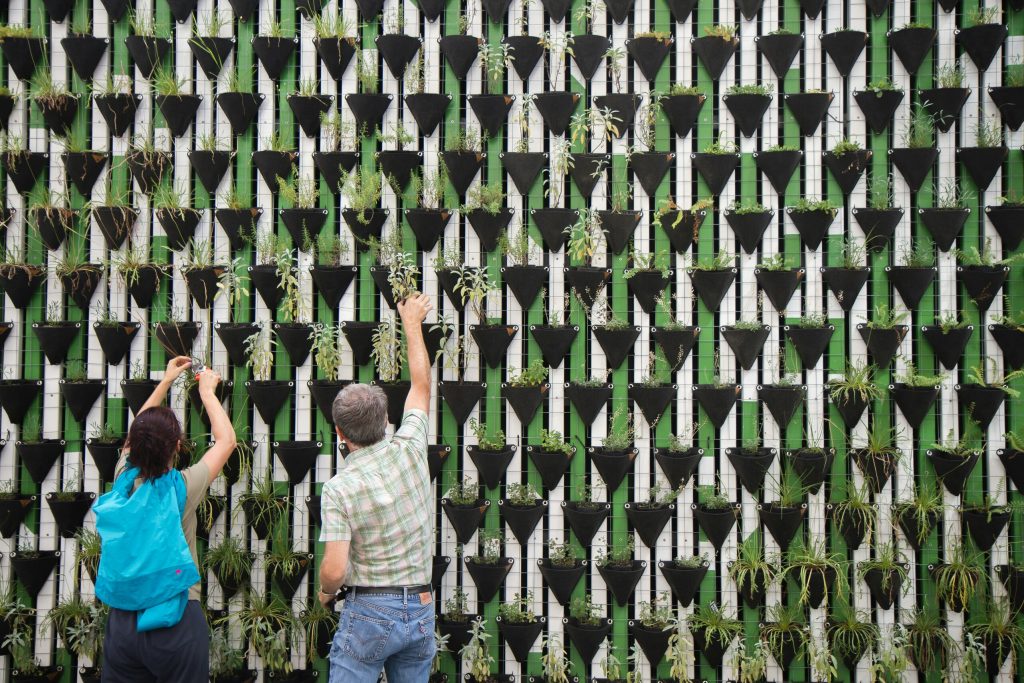One of the most successful methods of increasing yield from small gardens is using the vertical garden area. Jane Griffiths shares her ‘3D’ gardening tips.
Growing vertically has many advantages
Vegetables are lifted off the ground, reducing bug attacks and assisting all-round ripening. Airflow is increased, helping to prevent disease.
The ground around the base can be used for non-climbing plants. The shadier side of a vertical is a perfect spot for plants such as coriander and lettuce, that appreciate some shade in summer.
ALSO SEE: HOW TO MAKE COMPOST USING KITCHEN SCRAPS
What to grow
Plants such as beans, peas and cucumbers are natural climbers. Vining squash (butternut, gem squash and miniature pumpkins) and melons (baby watermelon and spanspek), which normally sprawl across metres of ground, can be trained to grow up sturdy supports. With bigger-fruited varieties, create a sling (using old stockings or T-shirts) to prevent them breaking off as they mature. Indeterminate tomato varieties (where the main stem continues growing) are best for vertical growing.
Other plants also benefit from vertical supports. Brinjals, chillies, peppers and bush beans become heavy when bearing fruit. Their stems can break easily, especially when it is windy,
and attaching them to a sturdy vertical structure prevents this.

Image credit: Unsplash
Design
You don’t need to spend a fortune. Vertical supports can be made from recycled objects, such as old ladders or abandoned burglar bars. A recycled wooden fence converted into an arbour doesn’t look nearly as beautiful as a cedar gazebo, but it costs next to nothing, and once covered in plants you can’t see it. My most recent addition is an old pool netting, reversioned to create a pergola over a pathway for my beans and cucumbers.
For some plants simplest is best. Cucumbers will climb up twine and tomatoes can be trained to grow up a single vertical line – the line should be well anchored though.
Supports made from natural materials are ideal for any vegetable garden. Trees such as bay or willow, and creepers like wisteria and jasmine have long flexible stems which, when trimmed in late spring after a growth spurt, can be woven around bamboo wigwams. Once dry, they provide stable frameworks for climbing plants. Sturdier long-lasting supports can be made by using gum poles or metal.
ALSO SEE: HOW TO IMPROVE THE SOIL IN YOUR GARDEN
Vertical Tips:
1. Install supports before planting. If you put a stake next to a tomato plant once it’s already flourishing, you can damage its roots.
2. Put vertical supports on the southern side of the garden, so they don’t block the sun.
3. To prevent impacting the soil while building vertical support, use a wide plank to stand
on and distribute your weight.

Image credit: Unsplash
4. When attaching plants to a vertical support, use stretchy ties so the stem is not constricted. Tie them using a figure of eight, with one loop around the stem and the other around the support.
5. Start training plants early on. The growing tip is the most flexible part of the plant and can be manipulated quite easily, but be gentle and don’t bend it too far or it will break. Check often to
see if plants need to be twisted around a pole, tucked into netting or woven back into a tripod. Tomato and squash stems are very fragile and if you try to corral them once they’ve started sprawling, the chances of damaging them are high.
Jane Griffiths has been growing healthy, organic vegetables, fruit and herbs in her Joburg garden for over 25 years. Her first book Jane’s Delicious Garden led to a vegetable growing revolution in SA. Jane has written four more best-sellers, with thousands following in her green footsteps. janesdeliciousshop.co.za
ALSO SEE A GUIDE TO GROWING CHILLIES AT HOME
Feature image: Unsplash
Updated: 15 February 2024

